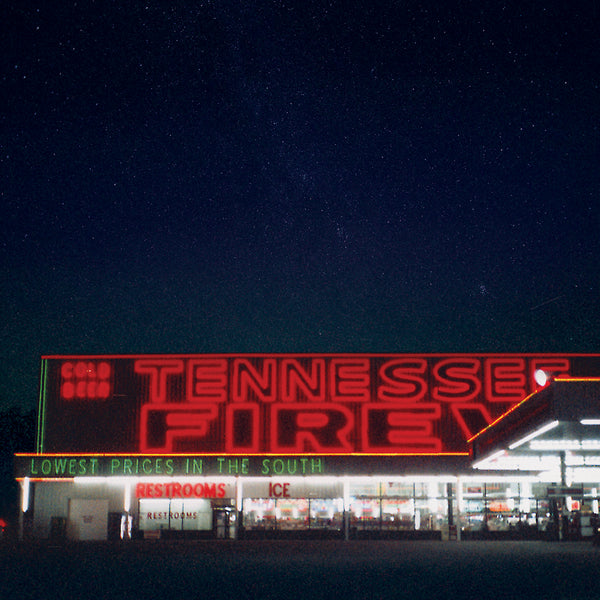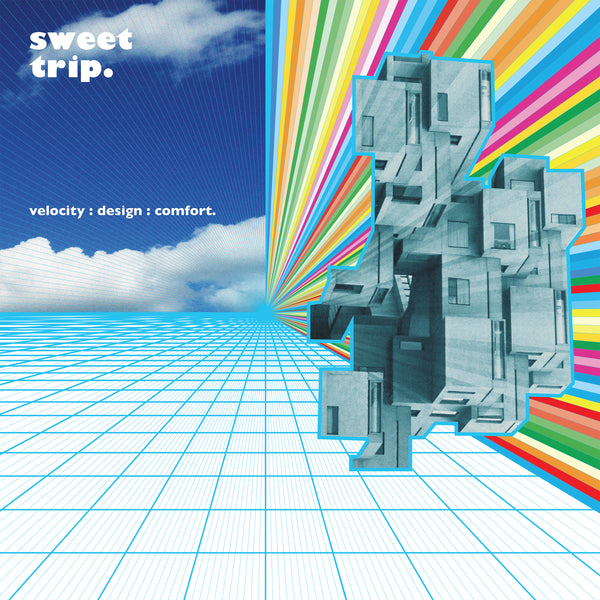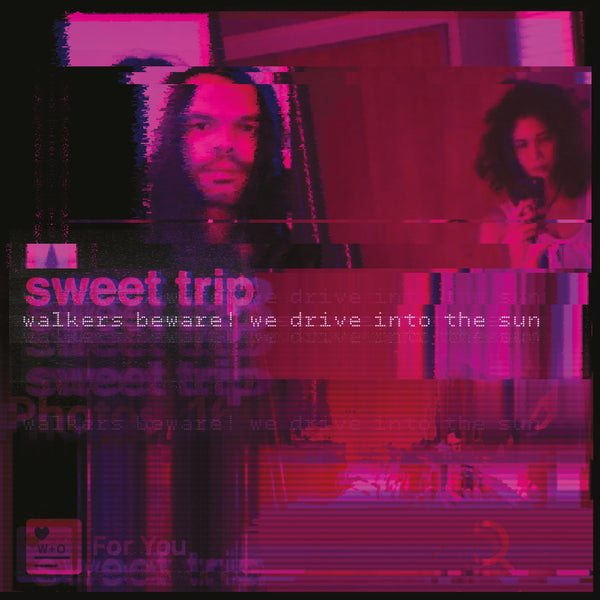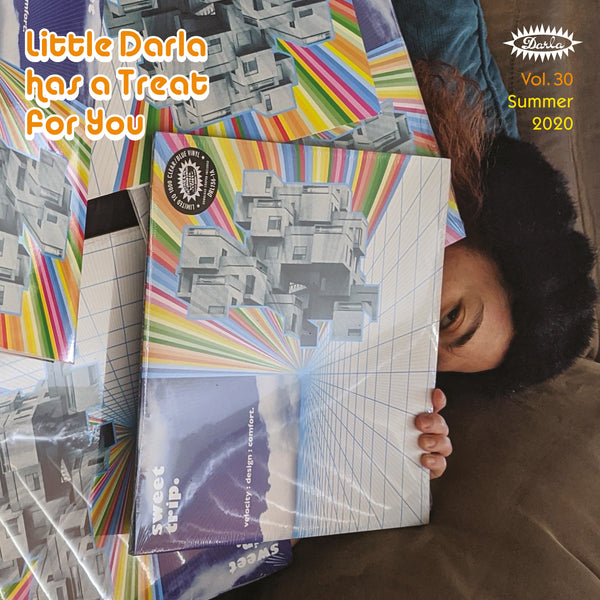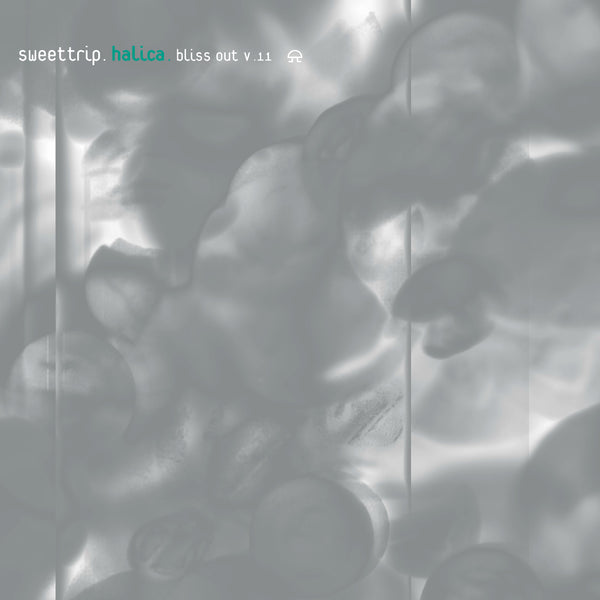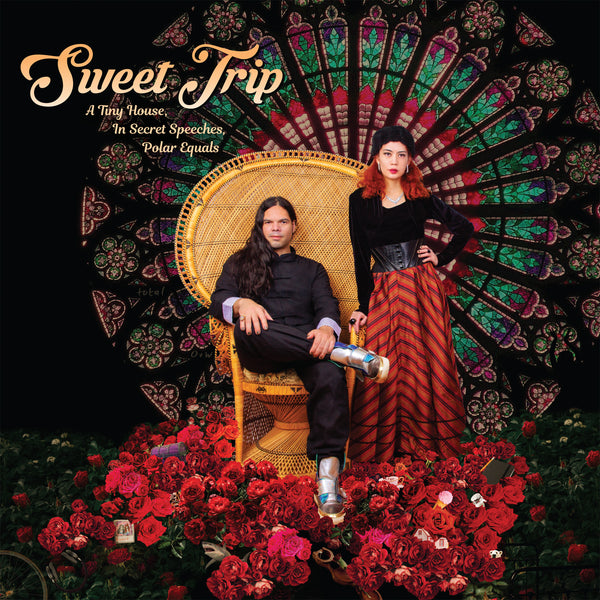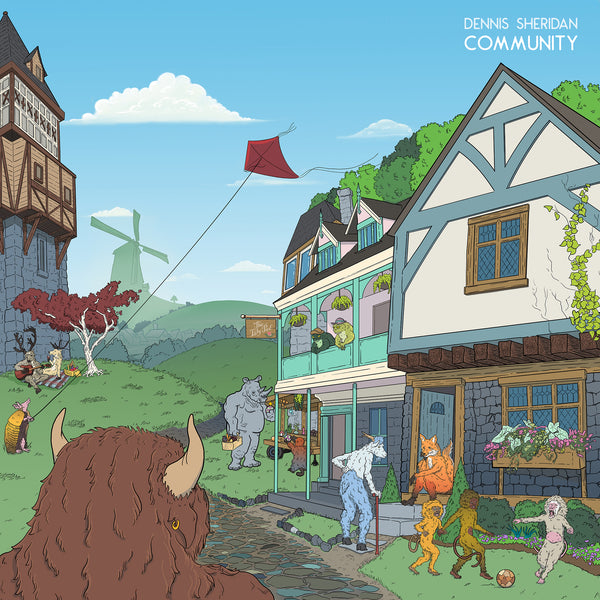Darla Records is proud to present The Best of Corky Carroll, a 19 song collection of hits and big smile-producing favorites compiled by the world's favorite surfer himself. Corky Carroll, who has been a showman since he began surfing professionally at 16, started his career playing music at 24 and retired from a career in professional surfing with the highest honors.
Corky was put on salary by Hobie Surfboards in 1964 to become the first full time professional surfer. He won the first-ever cash-prize surfing event in 1965 and would go on to be a five-time US Surfing Champion 1966-70. His favorite achievement though, is winning Surfer Magazine's 1968 Surfer's Poll Award in which he was voted Best Surfer in the World by fans and peers.
Corky Carroll has made a dozen or so records (so far), both self-released and with backing, beginning with the lovely Hawaiiana/Californiana/Surfiana cultural artifact, Laid Back, 1971. Corky's most popular album, A Surfer for President, 1979, promoted his "fun little campaign" for POTUS - a classic Corky lark, which resulted in "more votes than most people thought possible". The single "Tan Punks on Boards" from A Surfer for President achieved gold record status - 500,000 units sold. The novelty single "Skateboard Bill", 1977, with awesome cover art by Rick Griffin, is simply the greatest skateboard song ever. These songs are also, of course, from the shared perspective of all of us eternal surf kids who see paradise paved and share a dream about life on an empty palm-fringed beach with perfect waves and an endless summer. Corky truly is the heart and soul of good vibrations.
Corky Carroll lives with his wife, Raquel, on the beach at La Saladita, Guerero, Mexico. He records at home, surfs the world-class, reverse Malibu, 100+ yard long wave in 80 degree water every day, hosts happy surfing guests at his awesome home right on the sand and writes a hugely popular, twice weekly column for the OC Register.
1. A Surfer for President
Corky Carroll and the Coolwater Casuals
Words and music by Jerry Waller. From the album A Surfer for President (Casual Tuna), 1979.
Corky Carroll and the Coolwater Casuals
Words and music by Corky Carroll and Chris Darrow. Produced by Michael Nesmith. From the album A Surfer for President (Casual Tuna), 1979. Also, released as a single (Pacific Arts), 1979.
3. From Pizza Towers to Defeat
Corky Carroll and the Coolwater Casuals
Words and music by Frizz Fuller. From the album A Surfer for President (Casual Tuna), 1979. Also, B side of single (Pacific Arts), 1979.
Words and music by Corky Carroll and Chris Darrow. From the album Surf Dogs on the Range (Gee-Dee Music), 1999.
Words by Tom Morey, vocals and instruments by Corky Carroll. From the album Visions of Paradise (Little Moby), 2002.
Words by Corky Carroll, music by Levon Helm. From the album Visions of Paradise (Little Moby), 2002.
Words and music by Corky Carroll. From the album Visions of Paradise (Little Moby), 2002.
Words and music by Corky Carroll. From the album California Boy (Little Moby), 2001.
Words and music by Corky Carroll. From the album Liquid Measures (Little Moby), 1998.
Words and music by Corky Carroll. From the album Liquid Measures (Little Moby), 1998.
Words and music by Corky Carroll. From the album Visions of Paradise (Little Moby), 2002.
Words and music by Corky Carroll. From the album Liquid Measures (Little Moby), 1998.
Words and music by Corky Carroll. From the album Beachtown Rhapsody (Little Moby), 1997.
14. Bad Day at Bolsa Chica
Music by Corky Carroll. From the album Beachtown Rhapsody (Little Moby), 1997.
15. Million Dollar Cruiser
Words and music by Corky Carroll, From the album Wavesliders (Waveslider Productions), 1990.
Corky Carroll and the Funk Dog Surf Band
Words and music by Corky Carroll. 7" single A side (Heavy), 1977.
Corky Carroll and the Funk Dog Surf Band
Words and music by Corky Carroll. 7" single B side (Heavy), 1977.
18. Love Child
Corky Carroll
Words and music by Corky Carroll. From the album California Boy (Little Moby), 2001.
19. North Shore Dog
Corky Carroll
Words and music by Corky Carroll. From the album California Boy (Little Moby), 2001.
Corky Carroll and the Coolwater Casuals
Corky Carroll, lead vocals and guitar
Chris Darrow, guitar and slide guitar
Max Budha, violin and harmonica
Jerry Waller, piano and vocals
Cheryl Carroll, Debbie Green, Kathy Brown (the fabulous “Corkettes”) harmony vocals
SONGS 5, 6, 9, 12, 13, 14, 18 and 19.
Corky Carroll, vocals and all instruments
Corky Carroll, vocals and guitar
Chris Darrow, guitar, slide guitar, bass and drums
Corky Carroll, vocals and guitar
Chris Darrow, guitar and bass
Cheryl Carroll, Debbie Green, Kathy Brown (the fabulous “Corkettes”) harmony vocals
Corky Carroll and the Funk Dog Surf Band
Corky Carroll, vocals and guitar
Stuart Rabinowitz, piano
Jack Finn, bass
Cheryl Carroll, Debbie Green, Kathy Brown (the fabulous “Corkettes”) harmony vocals
Poul Pederson, harmony vocals on song 17
All songs from A Surfer for President are (p) Indian Hill Music (Chris Darrow)
All the rest are (p) LITTLE MOBY MUSIC (Corky Carroll)
This compilation (c) 2016 Darla Records under exclusive license from Casual Tuna Records
Cover photo: John Severson, from the film Pacific Vibrations, Corky Carroll riding a 7'6" Corky Carroll Spacestick, Pipeline, 1970.
When I was 7 years old we moved into a house that had a piano. I was just learning to surf at the time and that was all I wanted to do, but my mom made me take piano lessons. Eventually surfing won out and that became my life from then until now and forever. But in High School I got interested in playing the guitar and in the last few years of my competitive professional surfing career I got serious about music and started to perform in bars and did some small concerts. This led to recording, a thing that I have loved to do since I bought my first reel-to-reel tape recorder in 1970. The Funk Dog Surf Band was formed in the mid 1970’s and was really my first serious effort at the music business. The band was influenced by Dan Hicks and his Hot Licks although the music was not similar. It was sort of a novelty band, lots of funny songs and satire. This led to the Coolwater Casuals in the later 1970s and the beginning of my longtime musical partnership with Chris Darrow. Chris was a longtime L.A. studio musician and member of bands such as the Nitty Gritty Dirt Band and the Section, which backed up Linda Rhondstat and others, as well as a very successful solo artist himself. His influence on my music has been huge and he is the one who got me into playing multiple instruments. After the Surfer for President album I got very busy working at Surfer magazine and sort of didn’t do much performing or recording until the 1990s when I started doing a solo act in the bars and clubs in the Orange County area. This led to a string of albums that I did on my own, or with Chris playing on some of the tracks. Not being a drummer I had to rely on computer based drums for some of the recording; hopefully you won’t hold that against me. I worked as the house musician at Dukes in Huntington Beach for a number of years until I moved to Mexico in 2002. Since then I have been performing the occasional dinner concert at local clubs in the Zihuatanejo area and writing new material that I hope to make into a new album in the near future. That’s pretty much the whole story in a nutshell. -- Corky Carroll
There are few names that could be as synonymous with our sport as Corky Carroll. He was the original pro surfer, winning the first cash-prizes in the 60s and picking up endorsements, which turned his hobby into a career that would change surfing forever. Although his competitive accomplishments were many (he was a three time winner of the United States Surfing Championships), it was his ambition to change the sport and larger-than-life personality that cemented his place in surfing’s history. -- Surfer Magazine
World champion surfer. Took the American national title at age 16, later won over 100 championships. In 1968 "Surfer" magazine named him the best surfer of all time. Retired from surfing at age 24, he began recording beach and surfing-themed albums in the 1970s, a career that has lasted more than 30 years.
In 1967, Carroll won the Surfer Magazine Readers Poll Award and was California's top vote-getter in Surfing magazine's Hall of Fame balloting. He was inducted into the Huntington Beach Surfing Walk of Fame in 1996.
-- Encyclopedia of Surfing
Flamboyant goofyfooter from Surfside, California; winner of the United States Surfing Championships in 1966, 1967, and 1969, and the sport's chirruping master of media in the '60s, '70s, and '80s. "He's been cheered and booed," surf journalist Jim Kempton wrote in 1998, "reviled, honored, laughed at, accused and credited with everything from defiling the name of surfing to inventing the career of 'pro surfer.'"
Carroll was born (1947) in Alhambra, California, the son of an electrician, raised in the southwest Los Angeles County town of Surfside, and got his first surfboard at age nine. He developed into a razzle-dazzle hotdogger who viewed the sport as an opportunity to entertain. "Corky Carroll: The Clown," a 1964 Surf Guide magazine interview, introduced the "controversial" gap-toothed 16-year- old as a surfer who "does so much so fast that spectators have trouble keeping up with him."
Although not a great natural talent, like silky-smooth rival David Nuuhiwa, Carroll was the most dedicated competitor of his generation, and won more surf events than anybody during the '60s and early '70s. Aside from his three U.S. titles, he won the juniors division of the 1963 West Coast Championships, placed third in the 1966 World Championships, won the 1967 Peru International, and was the United States Surfing Association season points leader in 1966 and 1967. He competed in the 1968, 1970, and 1972 World Championships without making the finals; in the 1970 event, held in Victoria, Australia, it was front-page news when he was temporarily suspended from the meet after allegedly starting a food fight during a precontest banquet. Well-muscled at 5' 10", 160 pounds, Carroll was also among the world's top paddleboard racers, winning the pier race in the 1964 U.S. Surfing Championships.
Carroll's claim to being the first professional surfer is valid, as he won a TV set for his juniors victory in the 1965 Laguna Swimwear Masters contest in Redondo Beach, and placed first in the goofyfoot division of the 1965 Tom Morey Invitational in Ventura, winning $250 in the first-ever cash-prize surfing event. But it was endorsement money that paid the bills; a 1969 Sports Illustrated article on the Smirnoff Pro-Am, held in Santa Cruz, noted that Carroll made $29,000 in 1968—all but $400 from an array of sponsors, including Hobie Surfboards, who carried an ever-changing line of Corky Carroll signature model boards.
Carroll retired from competition surfing at the end of 1972, at age 25, but kept up his bantering surf scene presence. "Cowabunga, it was good," he wrote in a 1973 Surfing magazine article, describing a big summer swell at Newport Beach. "Utter bliss and all those super-great adjectives that describe hot waves!"
Carroll appeared in more than two dozen surf movies, including Gun Ho! (1963), The Endless Summer (1966), Golden Breed (1968), Pacific Vibrations (1970), and Five Summer Stories (1972); in the '60s he was a guest on the Tonight Show, the Merv Griffin Show, and What's My Line? In 1972, Carroll recorded Laid Back, an album of earnest folk and blues songs; in 1977 he recorded the novelty single "Skateboard Bill" (with cover art by Surfer magazine cartoonist Rick Griffin); in 1978 he performed "I Wanna Be a Surf Freak, Daddy" on the nationally syndicated Gong Show (he was gonged); in 1979 he recorded the album A Surfer for President, which included the single "Tan Punks on Boards."
In 1983, the high-voiced Carroll presented himself as the happy but perpetually jobless surfer in a nationally aired Miller Lite beer commercial; from 1987 to 1989, he had an Andy Rooney-like segment on Surfer magazine's ESPN television show. He wrote more than 25 articles and columns for surf magazines from 1964 to 2000; since 1994 he's written a weekly surf column for the Orange County Register. Surf-Dog Days and Bitchin' Nights, Carroll's bawdy autobiography, was published in 1989. Meanwhile, he was Surfer magazine's advertising director from 1977 to 1986, a Honda car salesman in 1989, and a tennis instructor from 1990 to 1996.
Carroll founded the Huntington Beach-based Corky Carroll Surf School in 1996, the same year he released Learn to Surf the Fast, Easy Way, an instructional video. He also founded or cofounded Corky Carroll Spacestix (1970 to 1972), Corky Carroll Coolstix (1986–90), and Corky Surfwear (1986–90).
In 1967, Carroll won the Surfer Magazine Readers Poll Award and was California's top vote-getter in Surfing magazine's Hall of Fame balloting. He was inducted into the Huntington Beach Surfing Walk of Fame in 1996. Carroll has been married twice, has three children, and lives in Huntington Beach.
-- Encyclopedia of Surfing (update needed)
The greatest competitor of California’s Golden Age and surfing’s first real pro, five-time US Surfing Champion (1966-’70) Corky Carroll is also famous as a surf instructor, an author, a recording artist, a TV ad personality and a surfboard salesman. This animated, witty and talented rider was as famous for his mouth as he was for his huge surf knots. Charles Curtis Carroll was born in Alhambra, California, but his parents (dad an electrician, mom a singer) moved to the small colony at Surfside — between Seal and Huntington beaches — when he was a baby. He started surfing right out in front of their beach house and got his first surfboard (an 8′7″ pintail balsa gun shaped by Dick Barrymore) in 1958, just before foam boards came on the scene.
As a student at Huntington Beach High School, Carroll excelled at journalism and math, played baseball, basketball and water polo,and took as many surf safaris as possible up and down the coast with good friends such as Mark Martinson, Robert August, Mickey Munoz, Billy Hamilton and Mike Doyle.
His first competition was the 1959 West Coast Surfing Championships at Huntington Beach, where he placed third in his Junior-division heat. His first contest victory was at the 1962 San Clemente Surf Capades. The following year, he became the US Junior Champ with a win at Huntington. So promising was the young lad that Hobie Alter decided to sponsor him, paying Carroll $80 a week to use and promote Hobie Surfboards. In 1965, along with surf celebs like John Severson and Ricky Grigg, Carroll won an endorsement sponsorship with Jantzen Sportswear for $1,500 a year.
Carroll’s style of surfing was flashy but functional. During the mid-’60s noseriding era, he was as good as anyone. He was a champion paddler with keen wave judgment and a fiery competitive spirit that usually paid off with high-scoring performances. He was the US Men’s champ in 1966, 1967 and 1969, and Overall Champion from 1966 through 1970 (he claims he was cheated out of the 1971 title). A multiple champ of the USSA and WSA in the ’60s, he placed third in the 1966 World Contest in San Diego, won the International Big Wave Championship in Peru in 1967 and the World Small Wave Championships in Florida in 1968. He won the Surfer Poll Award as the best surfer in the world in 1968 and few disagreed with that popular consensus.
“Of everything I achieved in my surfing career, winning the Surfer Poll meant the most to me,” Carroll says. “To be named the best by the people was the greatest honor. It is one of the only trophies that I kept for my kids.”
Throughout those years, Carroll was at the forefront of developments in surfing equipment. His Hobie Mini Model, introduced in 1967, was the first production shortboard in America, and his Deadly Flying Glove model furthered the evolution. He was one of the first to convert to twin fins in 1971 and was featured in a number of surf films in the ’60s and ’70s, including MacGillivray-Freeman’s Five Summer Stories. When competitive surfing lost some of its luster in the early ’70s, Carroll reached into his grab bag of talent and diversified into an array of livelihoods. He taught himself to play the guitar and was soon in the studio producing spirited albums of original music such as Laid Back (1971), Surfer for President (1979) and Beachtown Rhapsody (1997). He wrote a couple of books, Surf Dog Days and Bitchin’ Nights (1988) and Pier Pressure (1998).
In the ’80s, Carroll spent 10 years as advertising director of Surfer magazine, six years as a tennis pro and a couple of years as a ski instructor. Along the way he had brief stints as a bartender, waiter and/or lounge singer; he managed a car dealership, did three movies, seven videos and some television comedy.
All the while, Carroll never totally relinquished the surf scene. Now an inductee into the Surfing Hall of Fame and Huntington Beach Surfing Walk of Fame, he lives in Huntington with his wife Pamster and daughter Kasey, and he has an older son, Clint, from his first marriage.
Today, he works a record number of part-time gigs, including designing surfboards, retail surfboard sales and writing a column for The Huntington Beach Wave. He runs the Corky Carroll Surf School — headquartered at Bolsa Chica State Park with trips to places like Puerto Vallarta and Costa Rica. He’s a regular invitee to Legends events around the world. He’s continually recording new CDs, has written a third book (Pier Pressure Book 2: Surf Bumps) and has done some heroic television commercials, most recently for Ocean Spray cranberry drinks.
Above all, however, Corky Carroll is most widely remembered for the 13 commercials he did for Miller Lite Beer.
Says Carroll, “Yes, I still surf all the time, and no, I still don’t have a real job. Let’s hope it never comes to that.”
– Drew Kampion, October 2000



